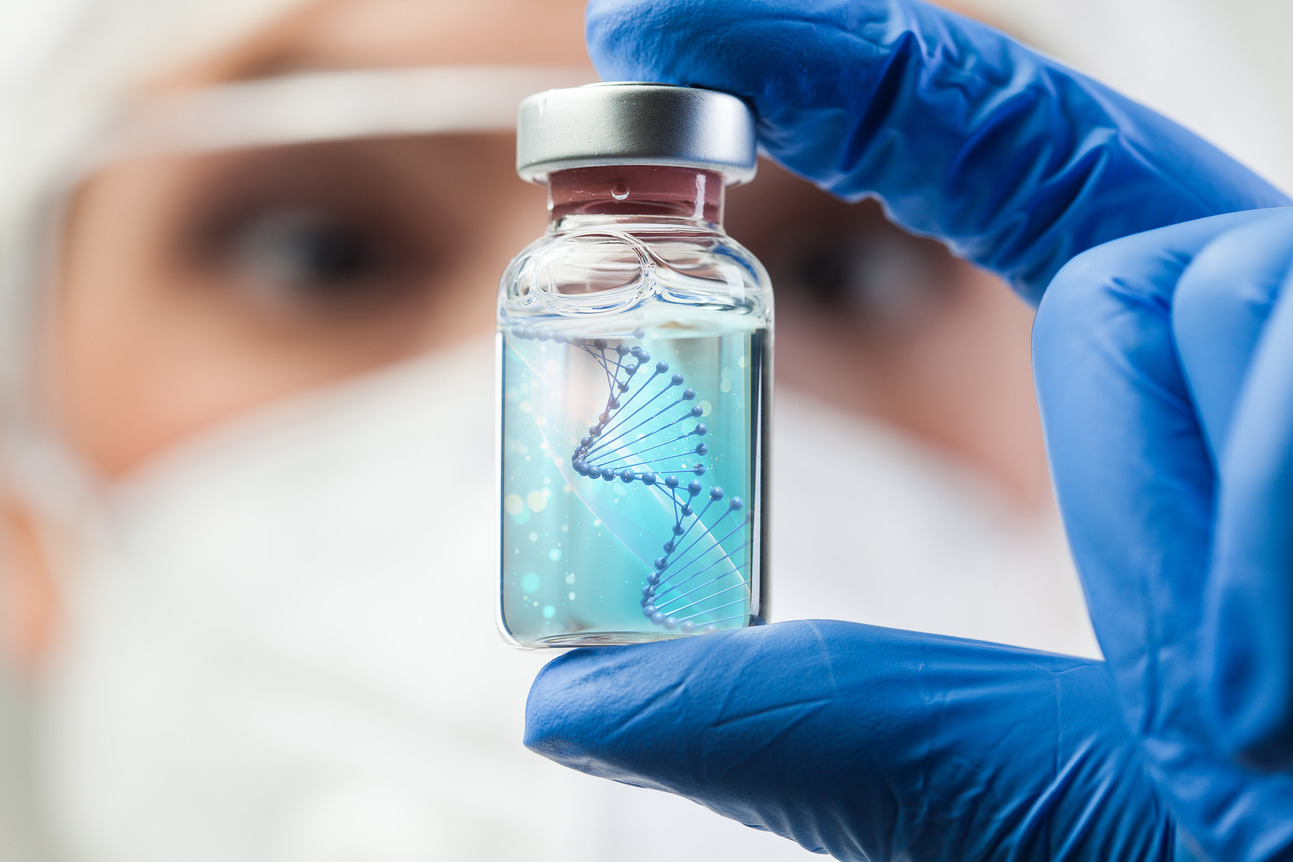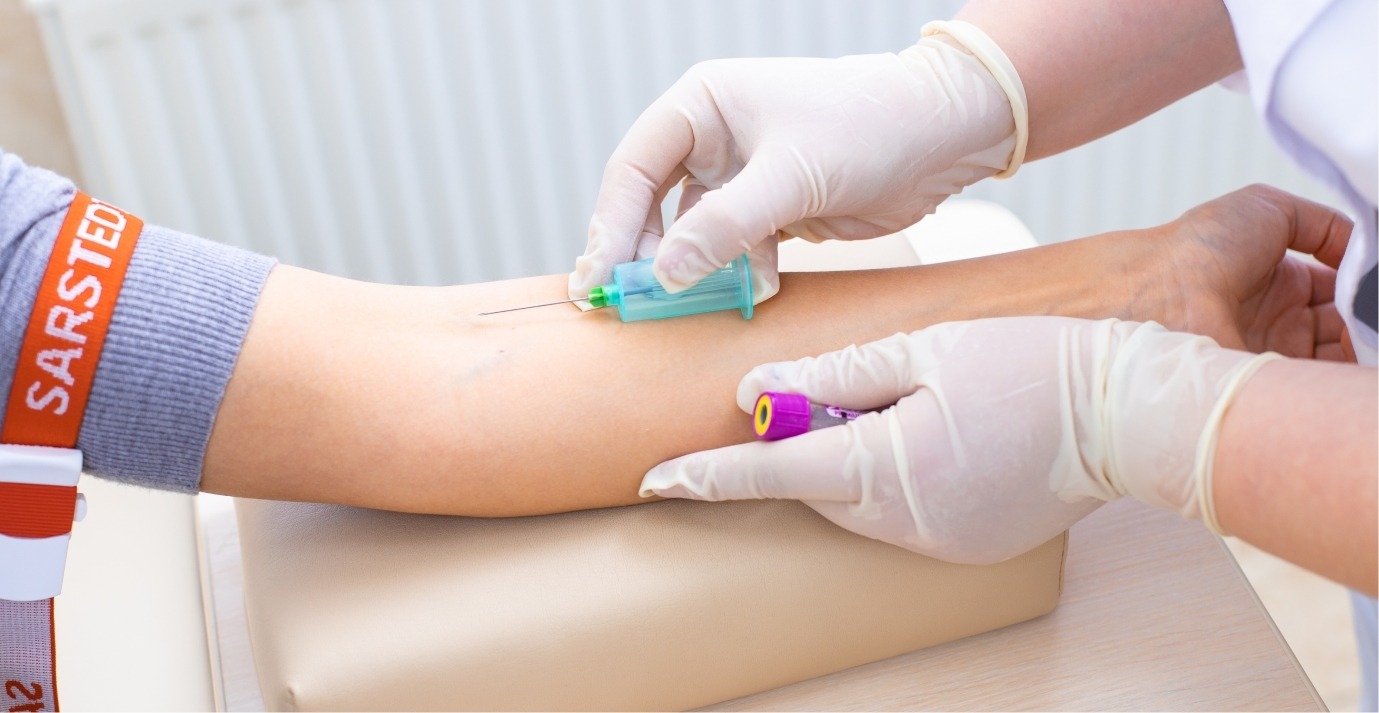Treatment methods

Immunoglobulin infusions may be used to increase platelet counts in some patients with thrombocytopenia. The drugs stimulate the bone marrow to produce platelets and are used in some forms of thrombocytopenia.

Glucocorticosteroids are used to suppress the immune system in autoimmune disease courses such as thrombotic thrombocytopenic purpura. This applies to taking prednisolone.

For more advanced conditions, chemotherapy may be used to suppress bone marrow and reduce platelet destruction in cancer.
Symptoms of thrombocytopenia can vary depending on the level of platelet decline and platelet function, as well as the cause of the condition. In some cases, thrombocytopenia may present without any symptoms and may be discovered by chance during general blood tests.
Some patients with thrombocytopenia may have an enlarged spleen, which may cause discomfort in the left upper quadrant of the abdomen. If bleeding is prolonged and heavy, symptoms of anemia such as weakness, fatigue, pale skin, and shortness of breath may develop.
Diagnosis at MDI Clinic
The doctor begins the diagnosis by gathering a history, including questions about symptoms (bleeding, bruising, blood in urine and feces), medical and family history. Physical examination may reveal signs such as small bleeding spots under the skin, bruising, enlarged lymph nodes, or a spleen.
A coagulogram assesses the rate of blood clotting and may reveal abnormalities in platelet function. Marker analysis checks the level of antibodies that can attack one’s own cells, can be performed to diagnose immune forms of thrombocytopenia.
In cases where the cause of thrombocytopenia is not clear, a bone marrow biopsy may be required. This is a procedure in which a sample of bone marrow is extracted to be analyzed under a microscope.
In some cases, specialized tests may be performed to detect autoimmune antibodies and other biomarkers associated with thrombocytopenia.
Ultrasound allows you to assess the condition of the spleen, which may be enlarged in some forms of the disease. Computed tomography or magnetic resonance imaging may be used to evaluate organs, including the spleen.
The best doctors in Israel
All doctorsPrice
How we are working
-
StepSubmitting an application

Simply leave a request or contact us at the numbers in the contact tab.
-
StepTalking to a counselor

You will be contacted by our consultant shortly after submitting your application. After the interview and review of the medical history, he will proceed to prepare a treatment program.
-
StepProgram preparation

Our specialists will draw up a personalized program, including a diagnosis and treatment schedule, the names and positions of the doctors, and the cost of treatment.
-
StepTravel arrangements

The coordinator will plan and organize the trip in every detail – from advice on preparing documents, to purchasing tickets, booking accommodation and even organizing excursions.
-
StepTreatment

Our staff will provide patient support throughout the diagnosis, treatment and rehabilitation period.

Форма обратной связи
"*" indicates required fields



















